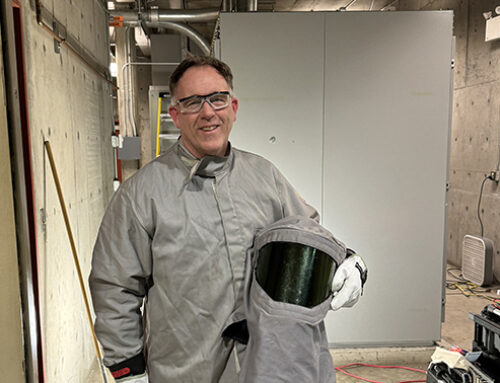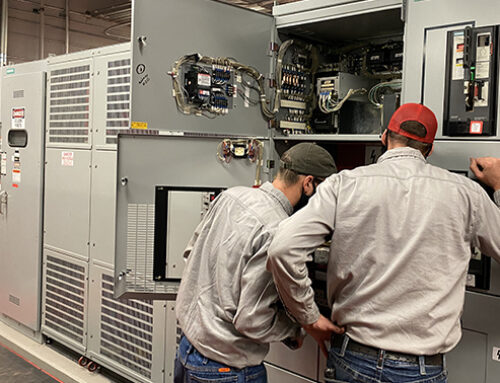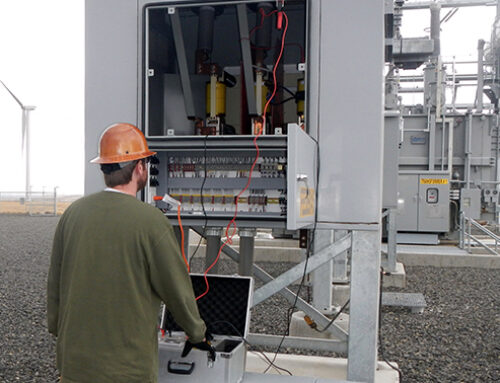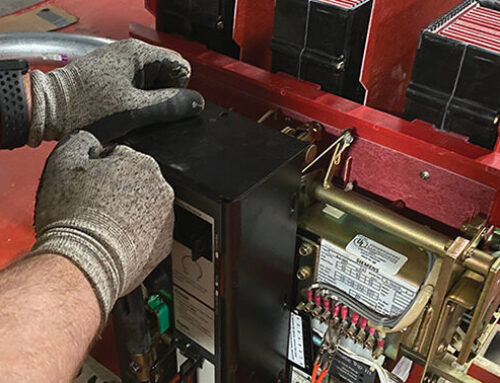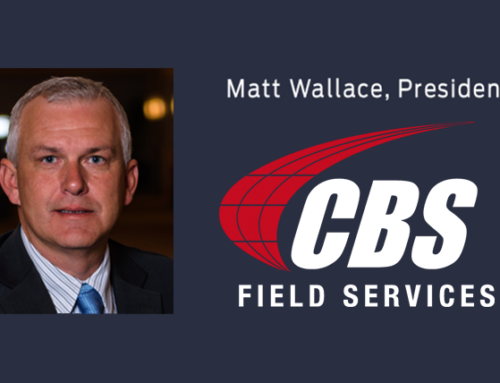Many electrical technicians have faced the pressure: Equipment goes down, production stops, and suddenly everyone’s looking at you to get things running again — and fast. In that moment, the impulse to grab your tools and dive in can be overwhelming. CBS Field Services’ Tim Conley noted in a recent article in NETA World Journal that this “grab tools and go” mentality is precisely what puts many technicians at risk of injury or worse.
The real danger lies not just in electrical hazards themselves, but in how we approach troubleshooting as a profession. Conley’s Navy training taught him a methodical seven-step troubleshooting process focused on systematic fault identification:
- Symptom recognition
- Symptom elaboration
- List probable faulty functions
- Localize the faulty function
- Localize the faulty component
- Failure analysis
- Retest and update the material history
Compare that to the familiar industry approach:
- Identify the problem
- Theorize causes
- Create a plan
- Implement plan
- Verify functionality
- Document results
The second approach explicitly includes planning and implementation steps, which seem like obvious safety advantages, but both approaches underemphasize a clear protocol for recognizing when you’ve moved from safely observing and gathering data into hands-on repair work. That transition point is where safety protocols often break down, especially when the pressure is on to move quickly.
“The days of grabbing your tool pouch and meter and running off to be the hero are over for very good reasons,” Conley writes, drawing from years of incident analysis and his own military experience with high-stakes electrical systems.
Safety Standards
NFPA 70E recognizes that diagnostic work often requires energized testing. So, it allows troubleshooting without the need for a formal electrical work permit. This exemption, however, potentially creates a double-edged sword. Without the permit process forcing structured planning and management oversight, technicians become solely dependent on their individual judgment and training. When fatigue, urgency, or production pressure enter the equation, that judgment can become dangerously compromised.
The regulation itself acknowledges this risk, explicitly stating that employees cannot work around electrical hazards when their alertness is impaired by fatigue or other factors. Yet troubleshooting often happens at the end of long shifts, driven by overtime concerns rather than genuine emergencies.
The Shift to Safety
Troubleshooting electrical issues is as inherent to a technician’s role as repairing them. But safety risks rise sharply with the latter task. Technicians should shift their mindset to treat steps 4 and 5 of the troubleshooting process — localizing faults and components — as the critical transition point where physical testing begins.
Once you’re making contact with energized systems, you’re no longer just observing. You’re performing electrical work that demands the same risk assessments, safety protocols, and procedural discipline as any repair job. Modern diagnostic tools, from microprocessor relays to SCADA systems, can often provide the data you need without physical contact, but when hands-on testing becomes necessary, it’s time to stop and plan.
“Electric shock and arc flash risk assessments must be performed to determine whether you can safely perform the testing evolution,” Conley emphasizes. “If you are doing an electric shock and arc flash risk assessment, take the next logical step and develop a procedure.”
Staying safe requires more than individual discipline — it demands a workplace culture where no one feels forced to choose between safety and speed. Though lost production is a legitimate emergency for businesses, it does not justify bypassing safety protocols for employees.
For a deeper dive into troubleshooting methodologies, detailed safety protocols, and illustrative case studies on this topic, read Tim Conley’s full NETA World article here.
Our NETA-certified technicians understand what it means to be the technician that customers can depend on to address all their electrical power distribution needs. For more information about our services, to discuss your requirements, or to request an estimate, contact us.
Learn more:
- Emergency Support Team Restores Power to Hospital After Two Electrical Faults
- Be the Electrical Technician That Stands Out Among Others
- How to Properly Test Medium-Voltage Cables
- NFPA 70B Provides Guidance for Maintenance Based on Equipment Condition
- How Much Electrical Preventative Maintenance is Enough?



